Wildlife declining in UK woods despite more tree cover, major new report reveals
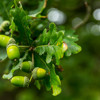
The UK's leading woodland conservation charity
The UK needs to dramatically improve the condition and scale of its woodlands to tackle loss of native wildlife, mitigate climate change and boost people’s wellbeing, according to a new report from the Woodland Trust.
The State of the UK’s Woods and Trees 2025 report, published today (Tuesday 10 June), has revealed that the quantity and variety of woodland wildlife is plummeting, despite a marginal rise in tree cover. The Trust says this is due to the deteriorating ecological condition within UK woodlands.
Expanding on the groundbreaking first State of the UK’s Woods and Trees report in 2021 which showed that only 7% of Britain’s native woodland was in good condition, the new report warns that these vital ecosystems are less effective as habitats for wildlife because they lack complexity, such as having enough trees of differing ages, states and sizes.
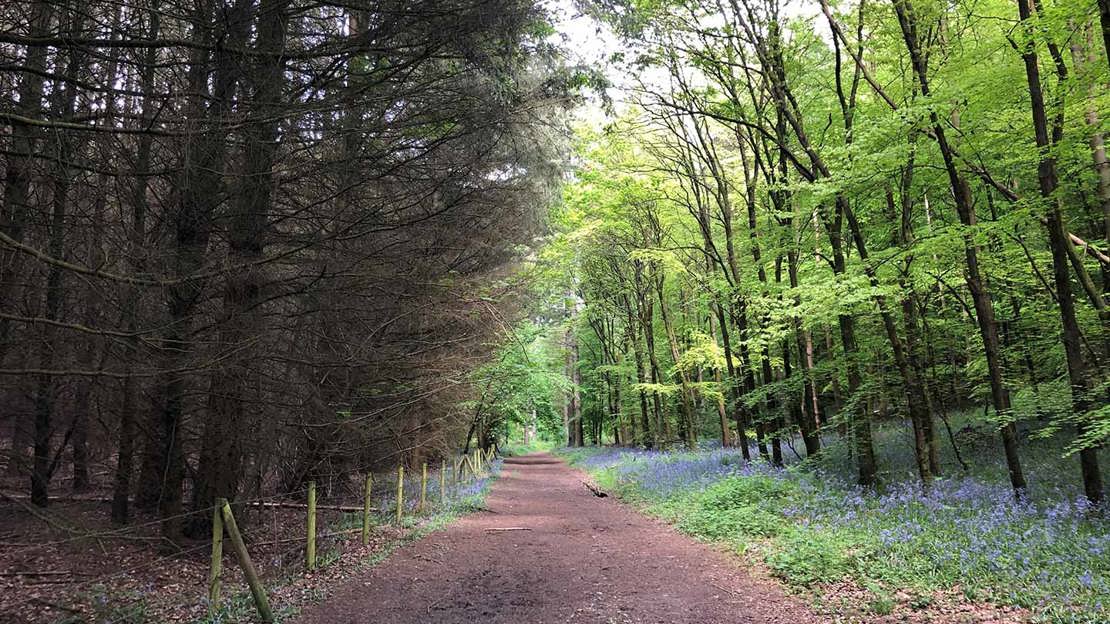
Lack of complexity in UK woodlands
Only 1 in 50 native woodlands have more than one veteran tree per 200,000 metres squared (around the size of 28 football pitches). These older, well-established trees are especially valuable to wildlife thanks to their damage and decay features, which provide food and habitat.
Abigail Bunker, director of conservation & external affairs at the Woodland Trust, said: “The State of the UK’s Woods and Trees 2025 reveals that the nation’s once rich, complex woodlands have become simpler and less biodiverse over time.
“UK woodlands lack open spaces such as glades, which allow light to reach the forest floor and young trees to grow. There are also fewer older trees, which, along with their soils, lock in carbon from the atmosphere. Alarmingly, many British woodlands have very few – if any – ancient and veteran trees left.
“We are calling on the government and others to invest in the management of our woodlands, so that people and wildlife can experience the benefits of these precious ecosystems, particularly in mitigating the effects of climate change.”
Another element lacking in UK woodlands is deadwood. Approximately one quarter of all forest species depend on it for their lifecycles, but 8 in 10 native UK woodlands scored unfavourably for amount of deadwood, and almost half (46%) have no deadwood at all, according to data from Forest Research’s National Forest Inventory (NFI), included in the report.
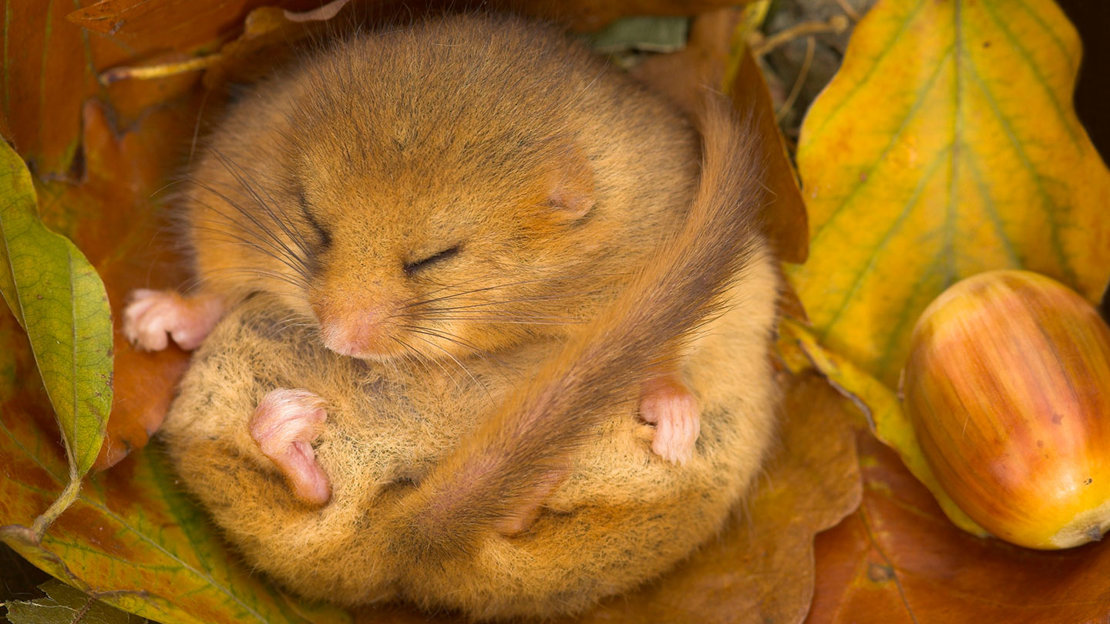
Figures reveal wildlife decline
The State of the UK’s Woods and Trees 2025 report, supported by players of People’s Postcode Lottery, brings together a range of scientific studies that point to a significant loss of woodland wildlife, including:
- Fewer butterflies: Woodland-associated butterflies declined by 47% between 1990 and 2022, according to the Joint Nature Conservation Committee (JNCC) ‘all-species’ butterfly index.
- Fewer birds: The number of woodland birds has reduced by 37% in the past 50 years, and by 15% in the last 5 years, according to the JNCC woodland bird index, which draws on data from 37 woodland species.
- Fewer dormice: The population of dormice in surveyed woodland fell by 70% between 2000 and 2022, according to the National Dormouse Monitoring Programme (NDMP), although there are signs that the decline isn’t accelerating.
- Fewer plant species: The richness of different plant species in UK woodlands has reduced by 22% over the past 50 years, according to report data from the Bunce Survey.
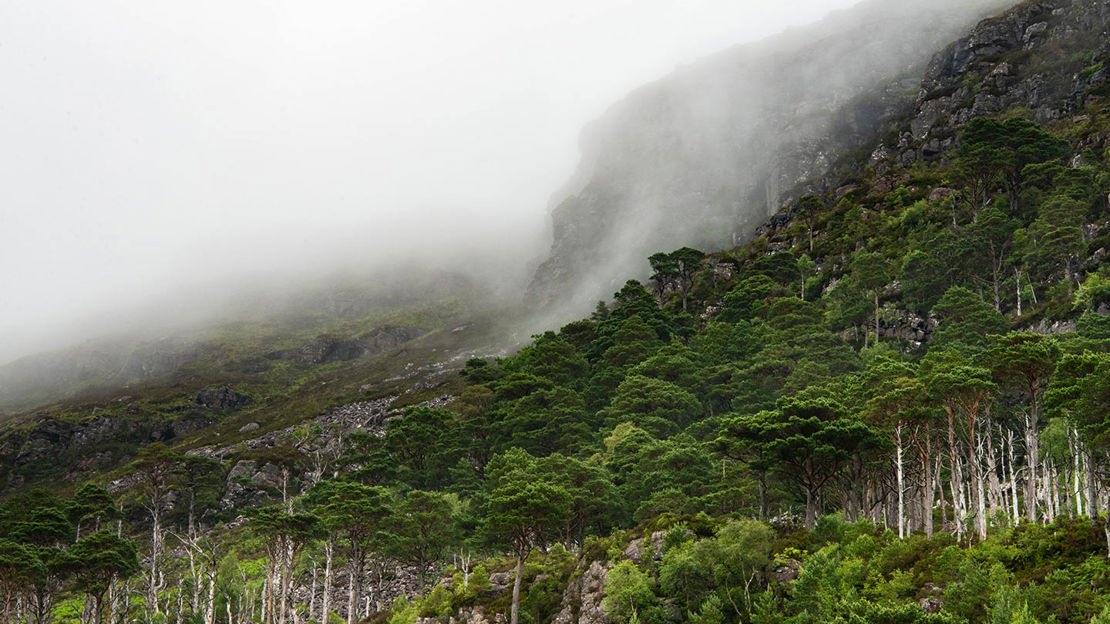
Threats and climate change
Currently, there are 121 different species of pest which have been introduced to UK native tree species, many from the international plant trade. The report predicts that climate change will allow these and potentially other pest species to further thrive, to the detriment of British trees. An estimated £919.9 million is spent each year in the UK on managing only six pests.
The Woodland Trust is calling for sensitive management of UK woodlands to make them more resilient to an escalating suite of threats, and unlock their ability to adapt to climate change.
Healthy woodlands are also a key part of UK plans to proactively tackle and mitigate the effects of climate change, such as with natural flood management. The latest climate projections from the Met Office predict that the UK will experience increased flood risk across the country over the coming century. Woodland can benefit downstream communities, for example, by creating environments such as flood plains.
Meanwhile, UK forests store one billion tonnes of carbon, and each year remove approximately 18.3 million tonnes of carbon dioxide from the atmosphere, which is almost 5% of the UK’s annual carbon emissions.
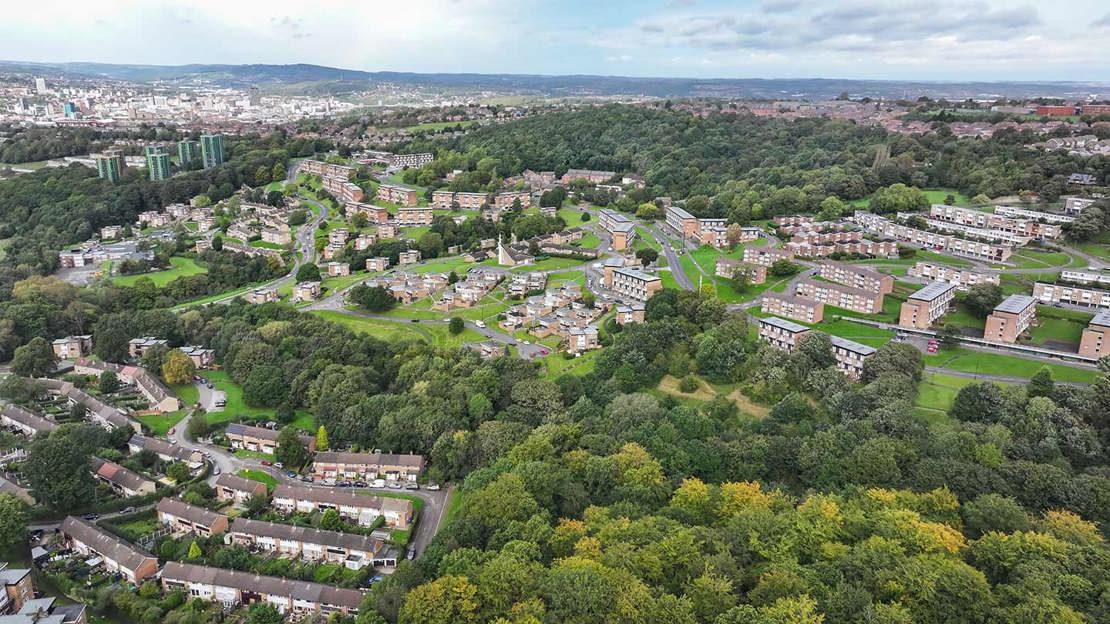
Woods and wellbeing
The State of the UK’s Woods and Trees 2025 report also looks at the benefits of trees and woodlands to personal wellbeing.
- 9 in 10 people agreed that woodland biodiversity has a positive impact on their wellbeing (of 10,000 people asked across the UK – representative sample).
- The richest woodlands for wellbeing were very unevenly distributed across the UK, with lower value woodlands found in more deprived areas.
- Woodland sounds, such as birds singing, the scrunch of fallen leaves or trees rustling in the breeze, were found to stimulate the most wellbeing responses (40.4%).
Laura Chow, head of charities at People’s Postcode Lottery, whose players supported the report, said: “Trees and woodlands are a huge part of our nation’s wellbeing and heritage, so it’s fantastic our players were able to support this important report, which uses such a breadth of scientific evidence to reveal what we need to do to ensure UK woodlands survive and thrive for people and nature.”
Tree planting still not hitting targets
The State of the UK’s Woods and Trees 2025 report reveals that UK woodland cover has marginally increased (from 13.2% of UK land area in 2020 to 13.5% in 2024).
However, just 45% of woodland creation targets have been met by the UK in the past four years. To hit the government’s targets (16% by 2040 and 19% by 2050), current tree planting rates would need to double by 2030.
Despite canopy cover increasing as existing trees grow, the UK’s longest running woodland survey estimates there are 60% fewer individual trees in UK woodlands.
The report also shows that urban tree canopy cover varies drastically between different areas of the country – for example, there are neighbourhoods in Hartlepool with tree cover of 2%, compared to Hampstead where some neighbourhoods are over 40%. The essential benefits of urban trees, from wellbeing to a cooling effect during extreme summer temperatures, are not equitably distributed among urban populations in the UK.
Abigail Bunker continued: “It’s also vital that the government start hitting their tree-planting targets, so that there is time to grow the veteran trees of the future and help shape woodlands to better withstand challenges like new diseases, or rising temperatures.
“British people care deeply about the natural world and know how much we all benefit from healthy woods and trees. We must prioritise protecting, restoring and planting new woodlands, for the health of our communities and our planet.”

